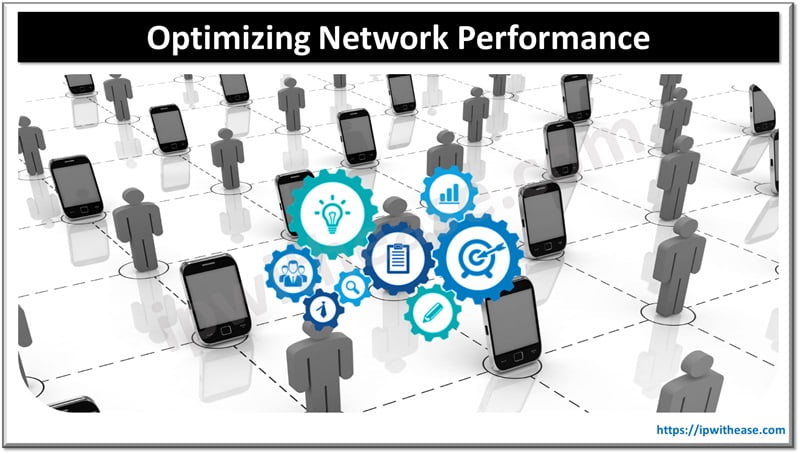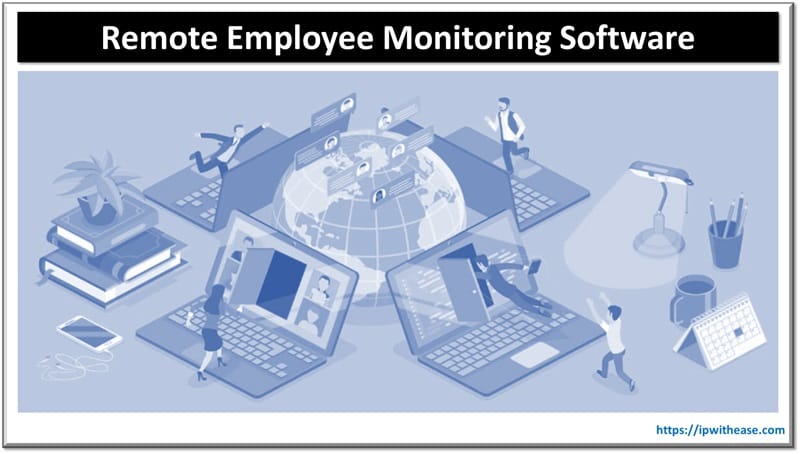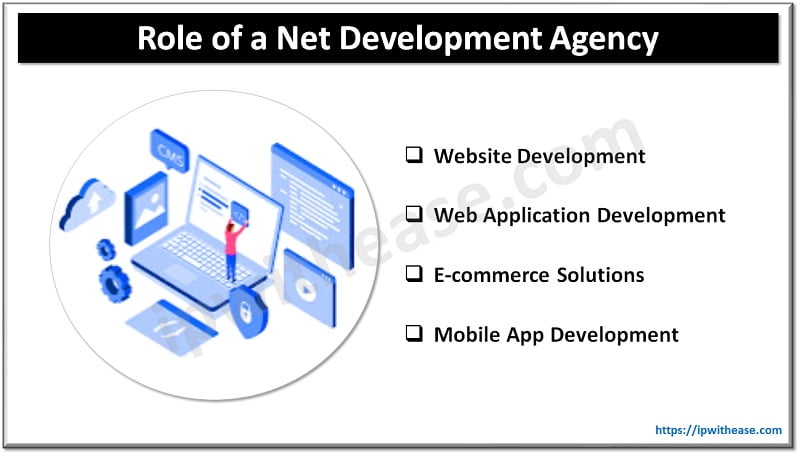Table of Contents
In today’s digital landscape, where every millisecond counts, optimizing network performance is paramount. Technical SEO covers a number of strategies that not only enhance website speed but also improve user experience and help search engines understand and rank your website. In this article, we’ll outline technical SEO strategies that will help you boost network performance but also improve your website’s SEO.

SEO Strategies to Optimizing Network Performance
Add a Robot.txt File
The robot.txt file instructs search engine bots on how to crawl your website. It tells them which pages they can access and which pages are off-limits. The benefits of having a robot.txt file include:
- Keeping pages or sections private
- Keeping internal search results private
- Protecting your servers from overload by specifying a crawl delay
- Telling bots where to find the sitemap
Reduce Server Response Time
Reducing server response time provides a better user experience, lowers your bounce rate, and may improve your website’s ranking. Ideally, it should be under 200 milliseconds. To improve your server response time, you can:
- Use another hosting provider (hosting itself is a common issue)
- Optimize the server or hosting configurations
- Set up browser caching
- Reduce PHP scripts
- Optimize your database
- Check for network issues, especially with distributed systems
- Monitor traffic and resource use
Minimize HTTP Requests
Every HTTP request adds to the load time of a web page. By reducing the number of HTTP requests, you can improve the loading process. Here is how to do that:
- Combine CSS and JavaScript files to reduce requests
- Use CSS sprites for multiple images in one request
- Minimize external script usage
- Utilize asynchronous loading for non-essential scripts
- Consider using inline CSS and JavaScript for critical elements
- Remove redundant or unused code and resources
Optimize Images
Images are often one of the largest components of web pages and can contribute significantly to load times. While it is a simple solution, it can fix one of the biggest reasons your pages are slow to load. This is what image optimization includes:
- Implement lazy loading for below-the-fold images
- Use appropriate formats
- Compress images without affecting quality (you can use tinypng.com)
- Serve scaled images based on device resolution
Enable Compression
Compression is key to optimizing network performance by reducing the size of the files that need to be transmitted. You can use Gzip to compress CSS files and HTML as they have plenty of repeated text and spaces that can be compressed. This tactic also reduces your bandwidth usage.
Reduce Redirects
Redirects send the user to the correct, new URL when a page’s original URL has been changed. Although redirects are sometimes necessary, for example, when there has been a change to a page’s parent, using too many redirects can harm a website’s overall performance.
If you need to use redirects, use server-side (such as 301 redirects) redirects whenever possible, as they’re faster than client-side redirects (such as Javascript redirects).
Use Content Delivery Networks (CDNs)
Content Delivery Networks are a powerful tool for optimizing network performance, especially if you’re aiming at global audiences. CDNs distribute your website’s content across multiple servers located in different locations, which allows users to access your website from the location that’s closest to them. The benefits of using CDNs include:
- Reducing latency
- Minimizing packet loss
- Improving speed and reliability
Improve Site Architecture
Website architecture refers to your website’s hierarchical structure — typically starting from the homepage to the main menu (for example, About, Contact Page, Blog, Services), which then goes deeper into your website’s content.
The pages are connected through internal linking, providing not only a user path for your visitors but also a way for search engine bots to crawl (i.e., explore) your website. Developing intuitive site architecture is a time-consuming, ongoing process, often left to a technical SEO services agency.
Here are some elements of a well-developed site architecture:
- User-friendly, consistent URL structure (ipwithease.com/topic/subtopic/page-title)
- Simple top-level menus to make it easier for users to navigate the website
- Being able to access any page from the homepage in three to four clicks
- Breadcrumbs, that is, pathways often seen on top of a page (e.g. Home > Blog > Topic > Page)
- HTML and XML sitemap (You can use a WordPress sitemap plugin to create them)
Structured Data
Structured data helps search engine bots understand your website’s content and show the most relevant content to users. By adding structured data, Google can show searchers rich results that point them directly to the part of your website that they need.
Use HTTPS
Having an HTTPS website is one of the most basic steps toward providing your visitors with a safe browsing or purchasing experience. Moreover, using a secure protocol (an SSL or TLS Certificate) that encrypts your data is essential not only for website and user security but also as a ranking factor.
Just keep in mind that you may need to plan your migration from an HTTP address to an HTTPS address carefully to prevent loss of data or to avoid potential problems with website migration.
Although technical SEO includes many other strategies, these are some of the first things you can do to improve performance, speed, reliability, and user experience. Furthermore, you can make your website easier for search engine bots to understand through structured data and website architecture, which are, again, excellent for search engine rankings. Finally, by improving security and privacy, you help not only your website but your customers, too.
ABOUT THE AUTHOR
IPwithease is aimed at sharing knowledge across varied domains like Network, Security, Virtualization, Software, Wireless, etc.



